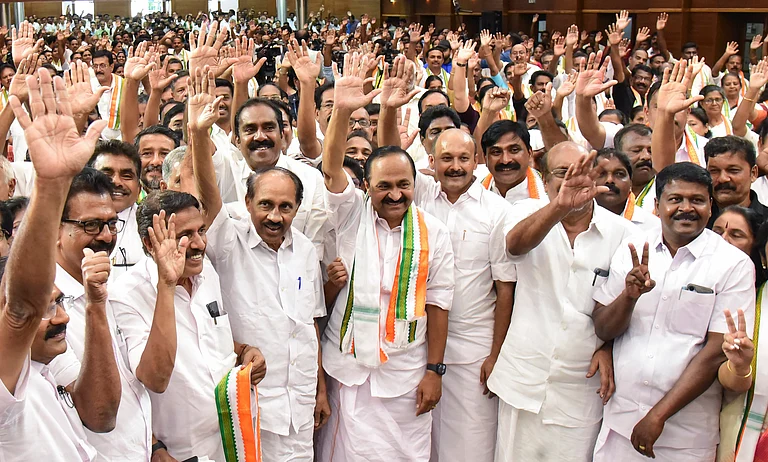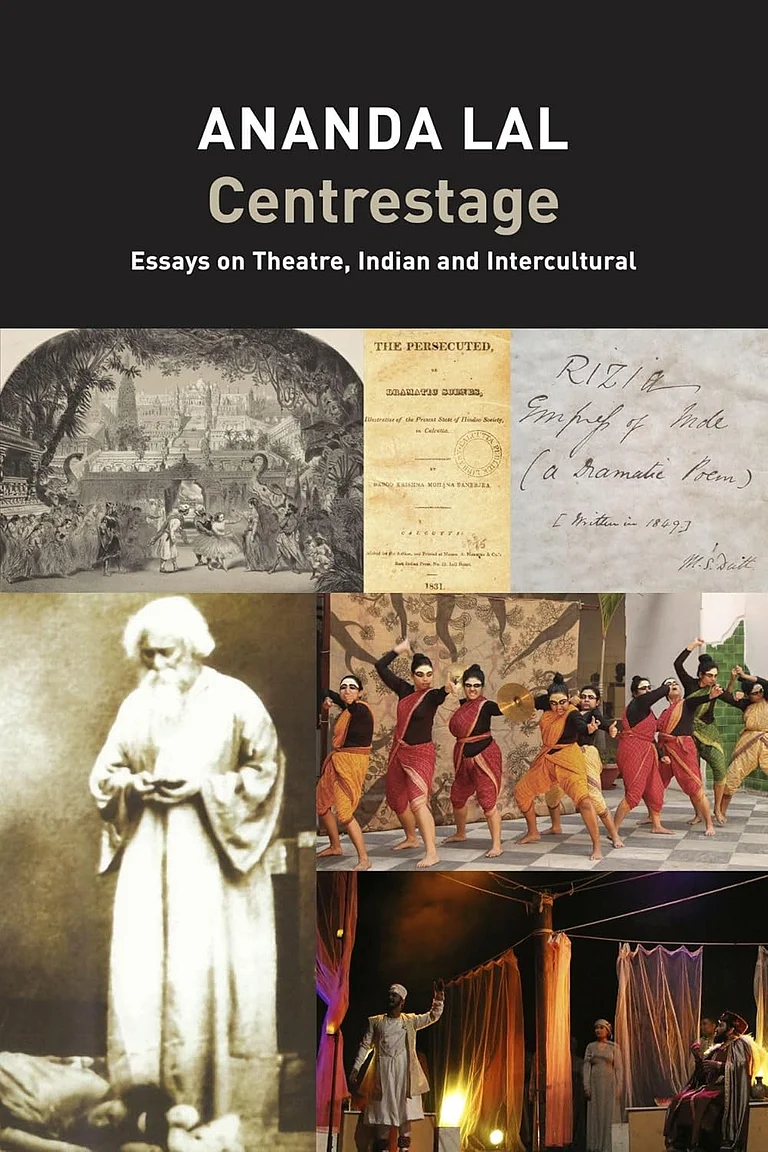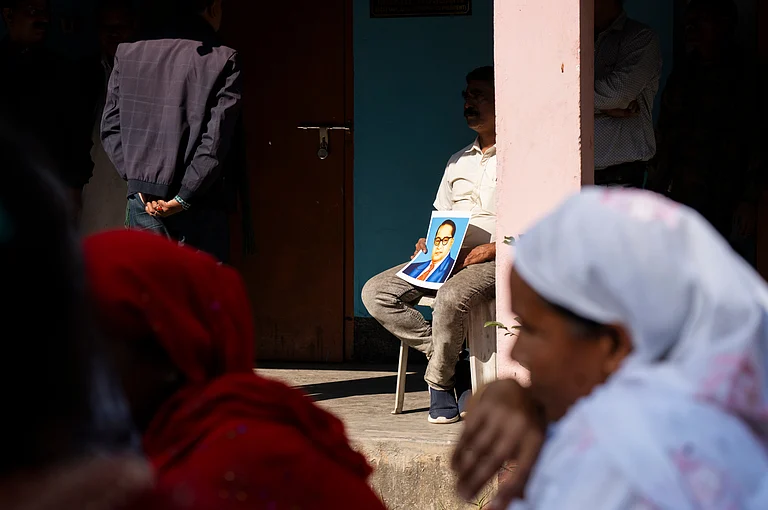Rebellion is very much the order of the day—you have outbreaks of Maoists from time to time, armed with mines and grenades and state-of-the-art technology, and perennial talk of the ‘Red Corridor’. Not that Maoists immediately came to mind when I started reading Hul. I was more interested in the date 1855. I wondered whether the Santhals were in any way part of the movement that led up to the conflagration of 1857, but then I realised that no, they were part of the marginalised tribal community which is being exploited today by Maoists, since they continue to remain more or less separated from the mainstream. The people I had seen in Aranyer Din Ratri, women beautiful and infinitely exploitable, the men ready for a fight.
Sanjay Bahadur’s story starts with a rebellion against the cruelty of the ‘dikus’, or the fairer skinned non-Santhals like zamindars, moneylenders and big landowners, who exploit the tribes and whose hand is strengthened by the mysterious, red-coated ‘jankampanni’. The result is merciless bloodshed—obviously the English have the advantage of the Brown Bess rifles, while the tribals are restricted to bows and arrows and, on occasion, witchcraft. And so, the first phase of rebellion is crushed, and Bikram, the heir to the second phase, is born to a mystic mother called Juli.
However, the book is not totally Santhal. To give a better, rounded perspective of the reasons behind the outbreaks, Bahadur includes an Englishman who believes in fair play and an enlightened Bengali beauty, Shibani, with the usual zamindari background. The story goes back and forth from the Santhal villages to James’s college days to his coming to India, from Shibani’s upbringing to her married life and her encounters with the Santhals. Bahadur has obviously put in a great deal of research because Bengali zamindari life is observed in as much detail as Santhal life, if not more—though this Bengali did wonder why the mansion was called a ‘haveli’.
There are certain things given in minority revolt stories—the minority leader must be shown as deserving and noble, the opposition must on the whole be shown in an evil light, barring the exceptions who struggle valiantly but fruitlessly and the atrocities perpetrated must arouse the reader’s indignation. As a storyteller, Bahadur scores on all these points because the book turns into a real page-turner after the initial chapters. However, while it may be tempting to link the past to the present, unlike the Maoists, the Santhals lack any organised impulse to attack—they only fight in self-defence and their rules of war forbid them from harming women, children and the elderly, which puts them at rather a disadvantage where their ruthless adversaries are concerned. Of course, there are jealous Santhals and bad Santhals who act as spies, to balance a picture that might be rather too idyllic.
I must confess, though, that in the end I found it a book that dwelt more on relationships than on the fact of rebellion. That’s because dividing the two phases of the Santhal revolt are the stories of Shibani and James, people from two different worlds who are drawn to each other, and the story of both their encounters with Bikram. However, Bahadur leaves those stories tantalisingly incomplete, which seems to imply that there may be a sequel in the offing.


























